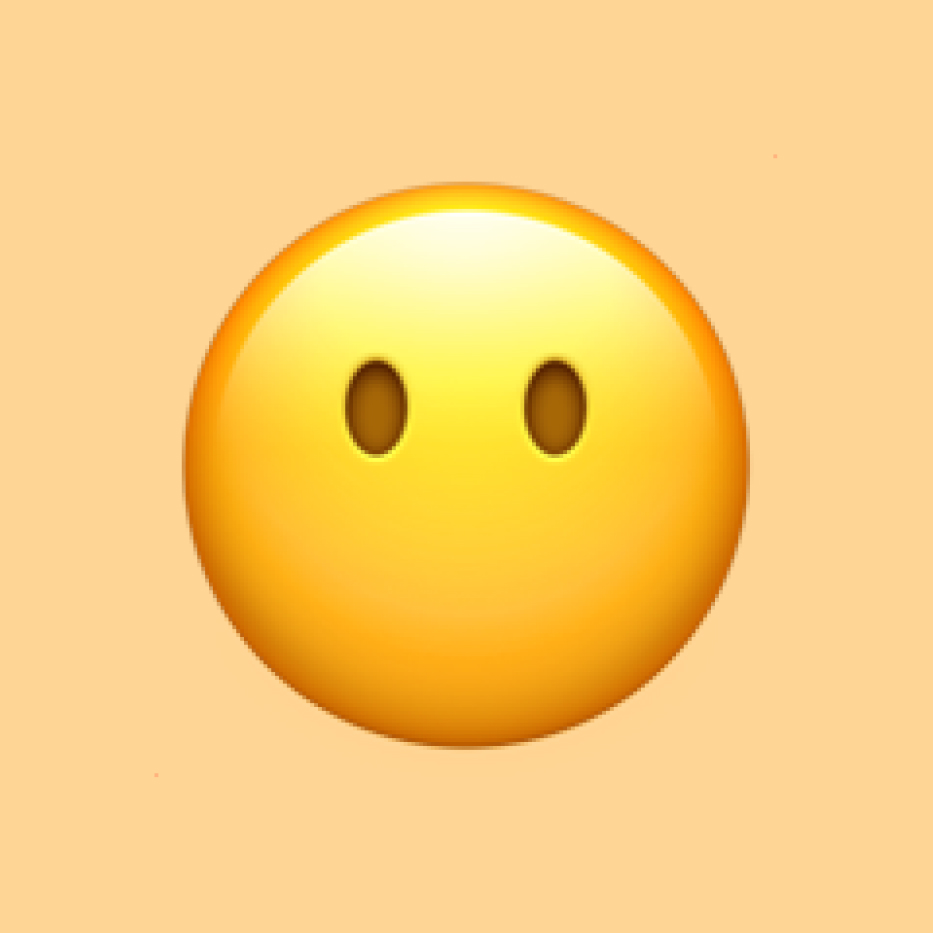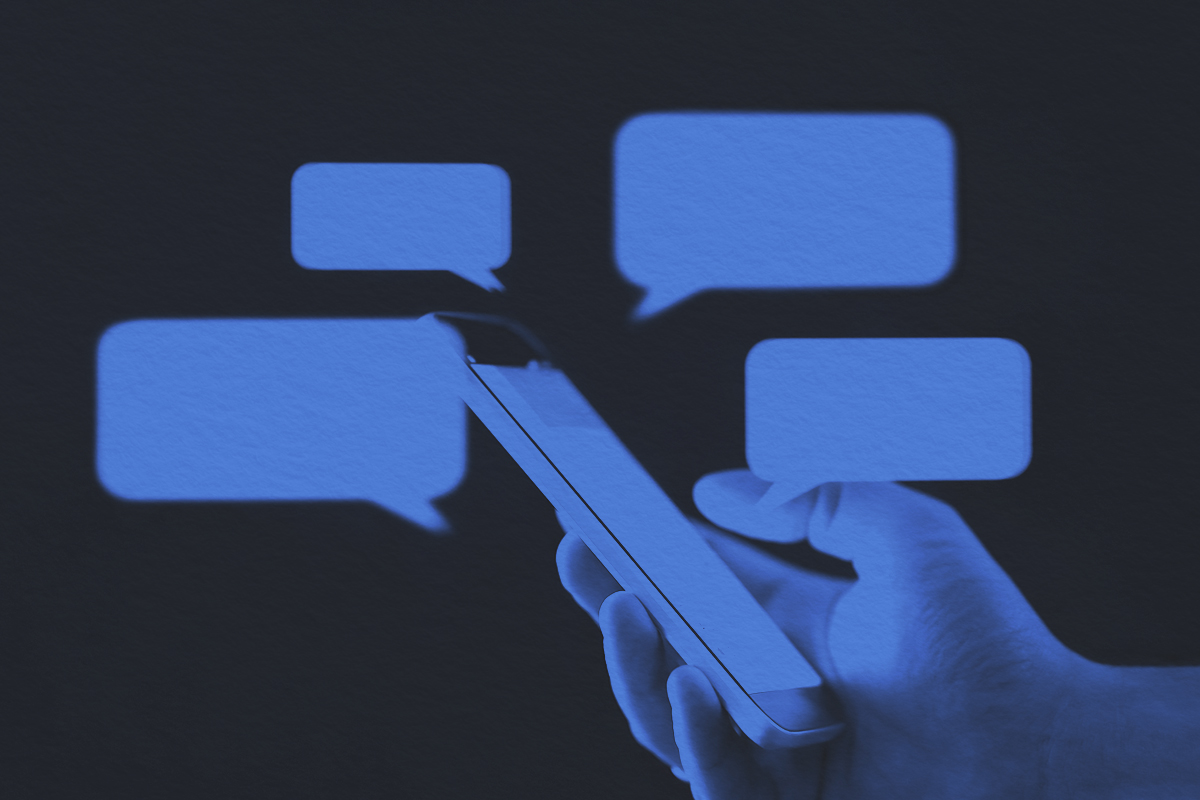Why is electricity measured in "watts"? | | Many of our science words are named after people, in honor of their contributions to the field. Learn more about these people and the measurements they gave their names to. | |  | Bennett Kleinman |
|
| |  | | W atts are a common way to measure electricity, whether it's the 60 watts in a standard lightbulb or the 1.21 gigawatts needed for Marty McFly to go back to the future. But the term "watt" isn't just some scientific mumbo jumbo — it's the last name of a prominent 18th-century inventor, James Watt. This scientist was also known for revolutionizing the way steam engines operate, making them run more efficiently. So how did his name come to be so intertwined with measuring electricity?
In 1882, at the 52nd meeting of the British Association for the Advancement of Science, more than six decades after Watt's death, engineer Carl Wilhelm Siemens proposed "watt" as a unit to measure electrical power. He noted that many other scientific terms were named after leaders in the field, and thought James Watt would be a suitable namesake for this new unit given his contributions to mechanical power, even though his innovations weren't directly connected to electricity.
In 1948, the watt was redefined as a specific measurement of one joule per second — the joule being another unit of electrical energy. In 1960, the word was added to the International System of Units, after it was adopted at the 11th General Conference on Weights and Measures. It remains the primary unit for measuring power in most electrical devices today.
Other terms in the field of electricity are named similarly for historic figures, including "volt" ("a unit of electrical potential"). It was named for Italian physicist Alessandro Volta, who's often credited as the inventor of the electric battery. Today, "battery voltage" explains the potential power of a battery. The ohm, a unit of measurement for electrical resistance, was named in 1861 for German physicist Georg Ohm, who spent his life studying the current and potential of electricity. |
| | Continue reading | |  |
| |
| | Thanks for supporting our sponsors! They help keep Word Smarts free for everyone. | |
Emoji Decoded | |  | | Face Without Mouth | | | Meaning: Indicates speechlessness, awkward silence, or being at a loss for words.
Evolution: While many face emojis add features for expression, this one's impact comes from what's missing. The absence of a mouth creates a blank expression that perfectly depicts moments of stunned silence.
Usage: [Text response to shocking news:] 😶😶😶😶 |
|
 | | Face Without Mouth | | | Meaning: Indicates speechlessness, awkward silence, or being at a loss for words.
Evolution: While many face emojis add features for expression, this one's impact comes from what's missing. The absence of a mouth creates a blank expression that perfectly depicts moments of stunned silence.
Usage: [Text response to shocking news:] 😶😶😶😶 |
|
| |
Have you read? | |  | | Justine Cooks: A Cookbook | | By Justine Doiron | | I don't cook much, but I love Justine's Instagram videos so much that I was inspired to buy her book. What I like about these recipes — and her approach to cooking, in general — is the focus on quality ingredients prepared in simple but innovative ways. The dishes are approachable and accessible for a novice home chef like me, but they're also creative, elegant, and — most importantly — delicious. | | | | Allie Takeda, Senior Managing Editor | | | | We independently evaluate all recommended products and services. If you click on links we provide, we may receive compensation. |
|
 | | Justine Cooks: A Cookbook | | By Justine Doiron | | I don't cook much, but I love Justine's Instagram videos so much that I was inspired to buy her book. What I like about these recipes — and her approach to cooking, in general — is the focus on quality ingredients prepared in simple but innovative ways. The dishes are approachable and accessible for a novice home chef like me, but they're also creative, elegant, and — most importantly — delicious. | | | | Allie Takeda, Senior Managing Editor | | | | We independently evaluate all recommended products and services. If you click on links we provide, we may receive compensation. |
|
| |
You might also like | |  | | | | Do You Follow This Digital Communication Etiquette? | | Communication etiquette has changed with the rise of the digital world. Here's a look at some of the biggest changes during the last 30 years in digital communication, including ALL CAPS, extra exclamation points!!!!!!, and a lack of punctuation |
| | | |
|
![]()
![]()
![]()
![]()
0 Comments:
Post a Comment
<< Home